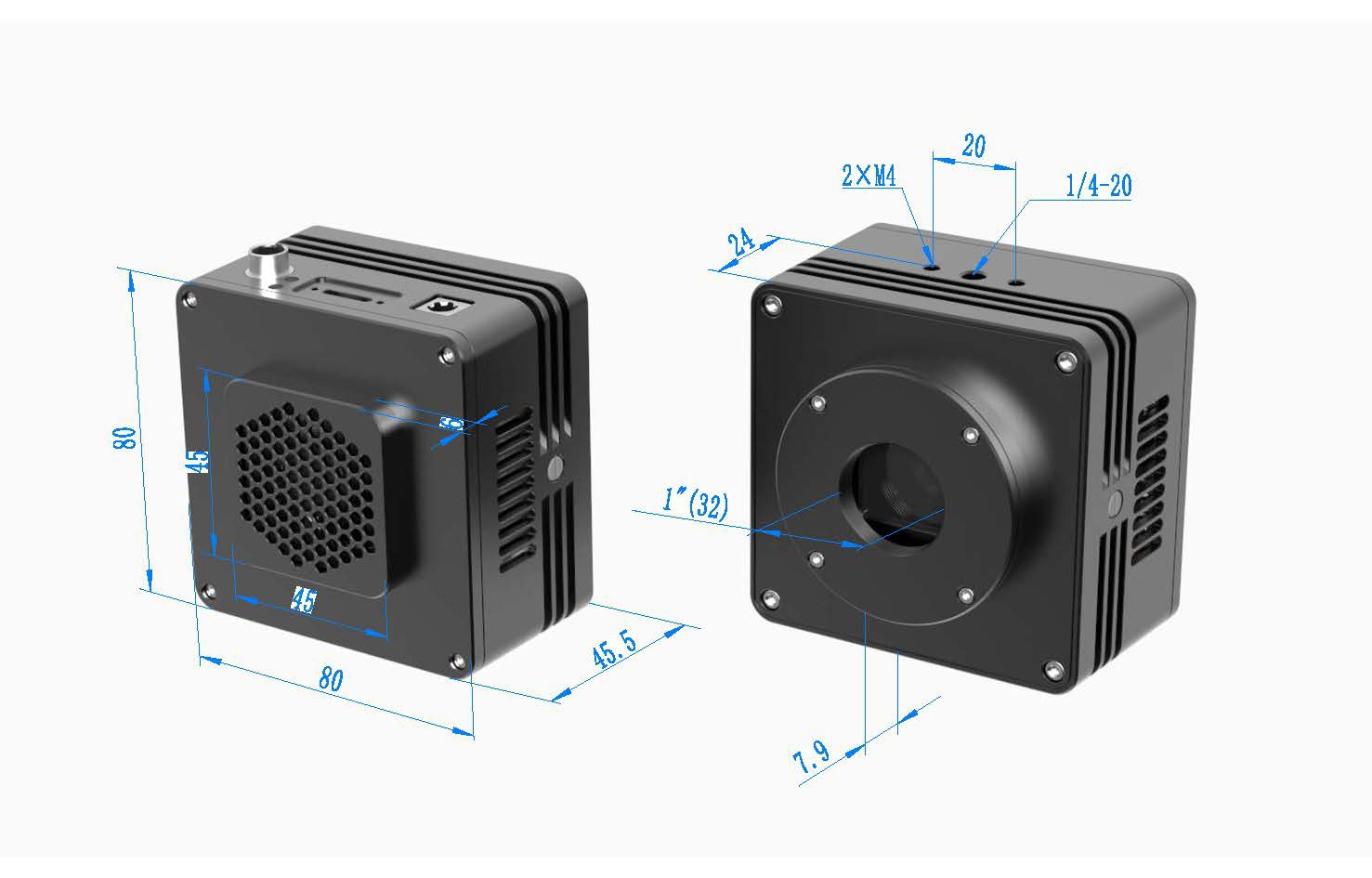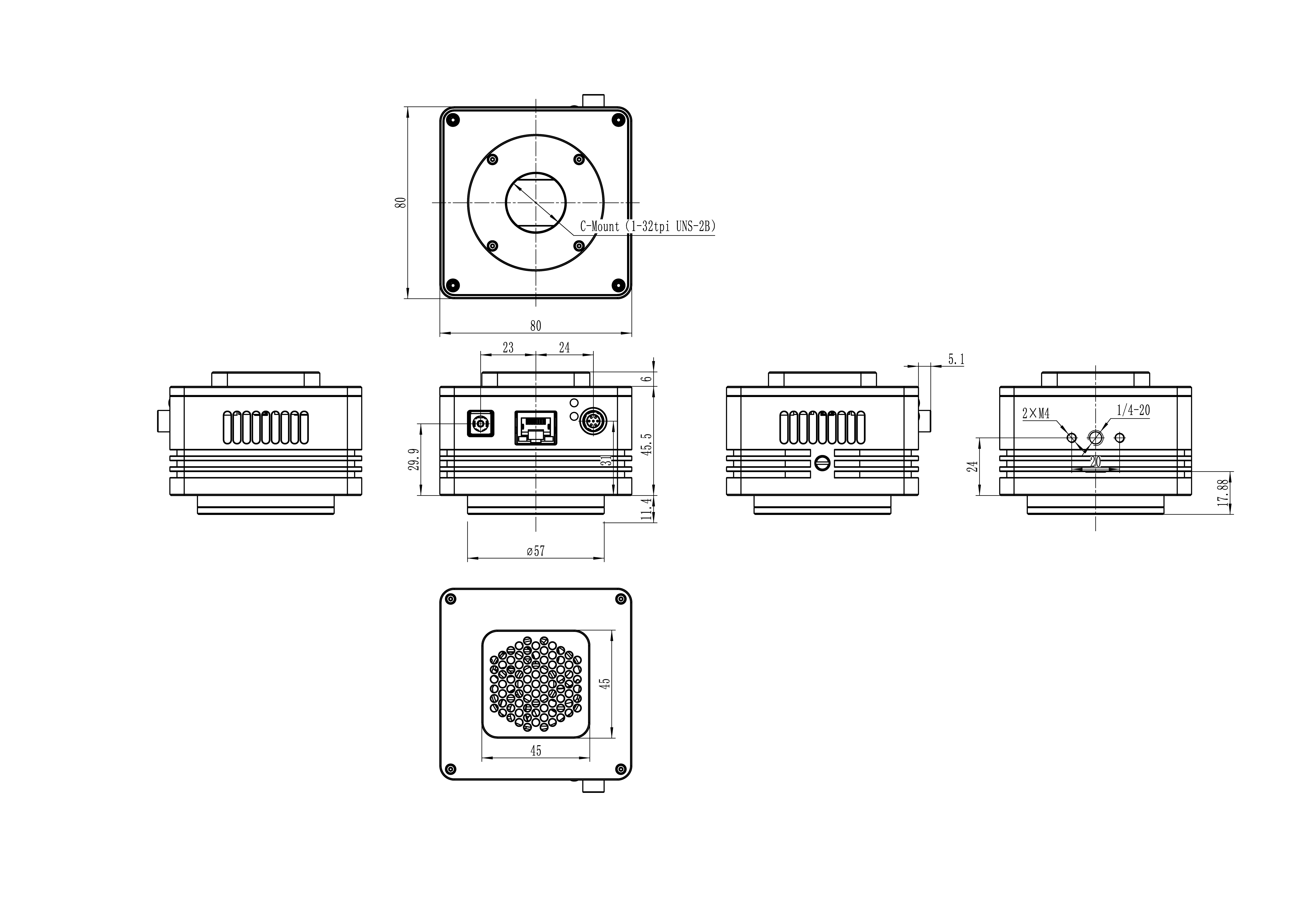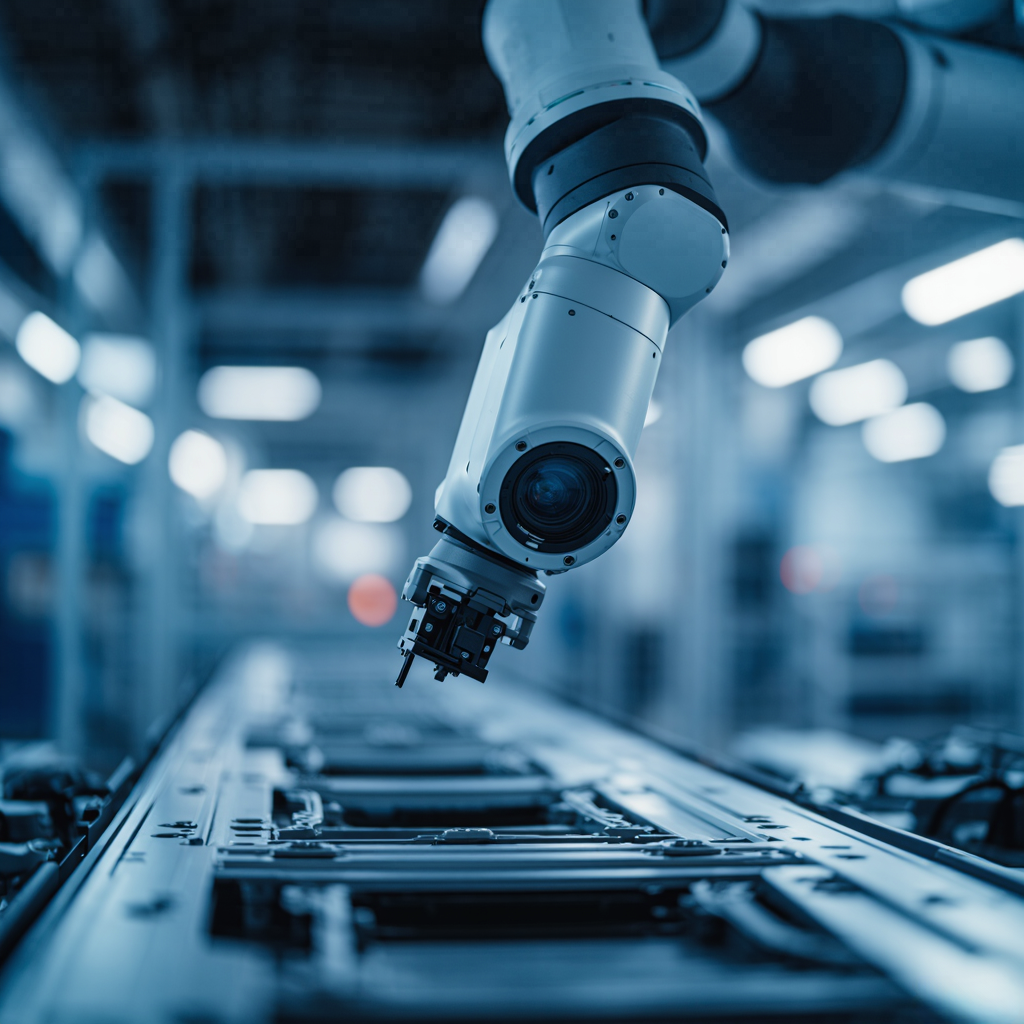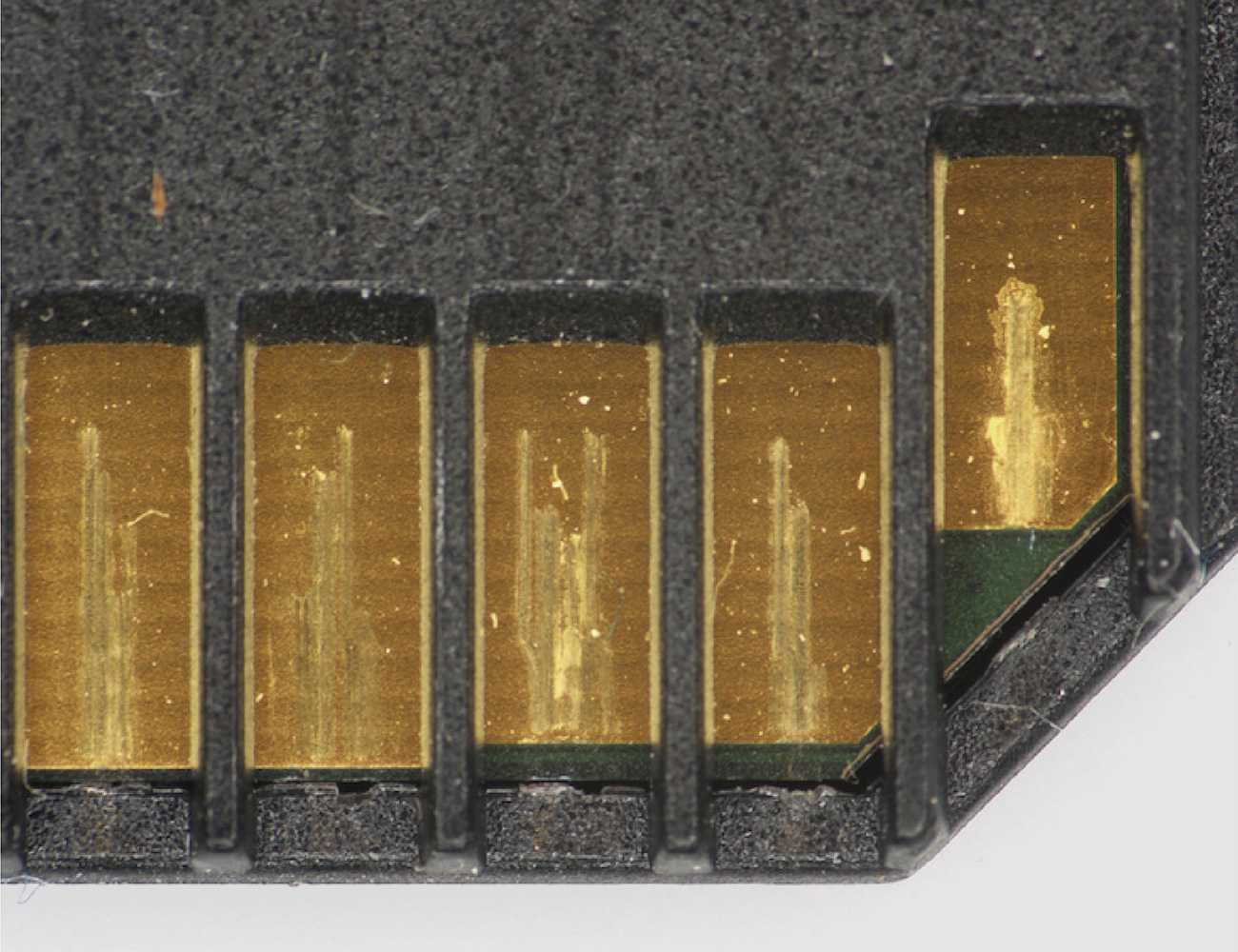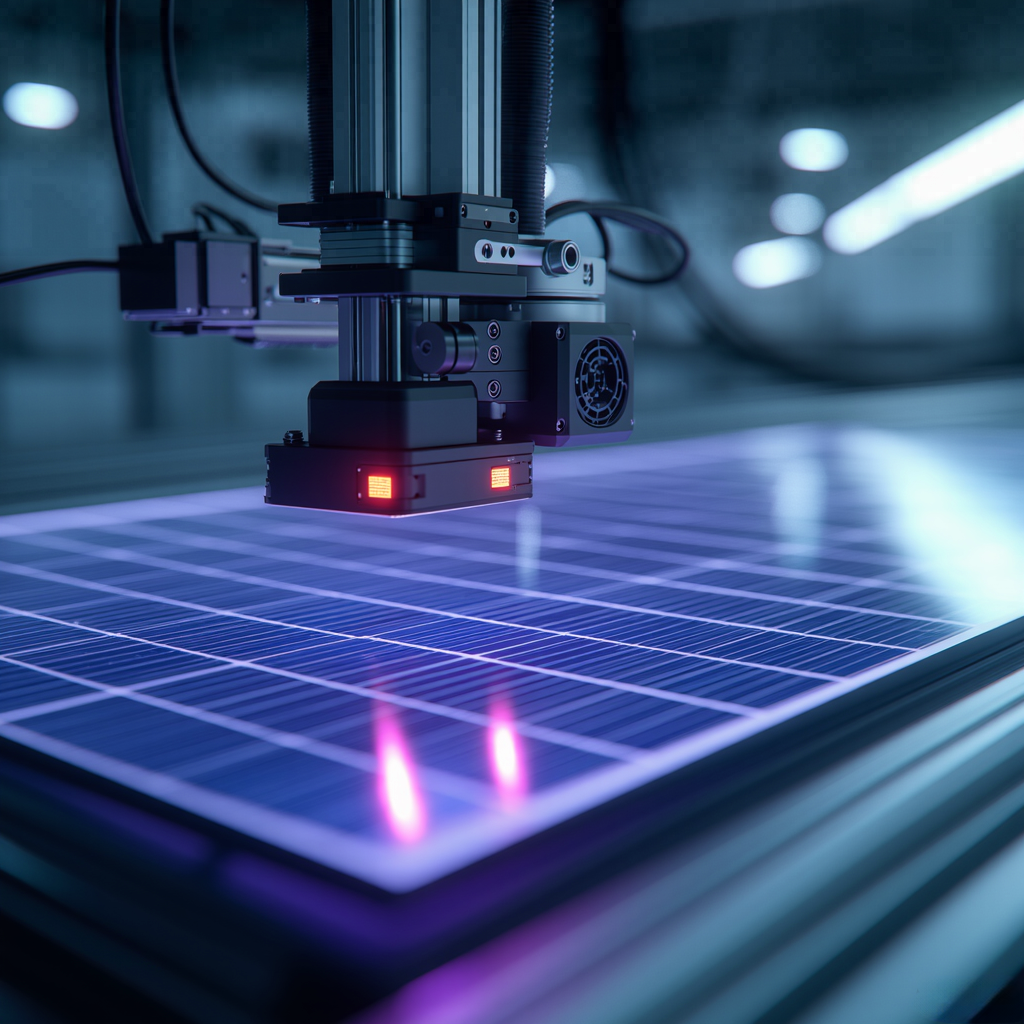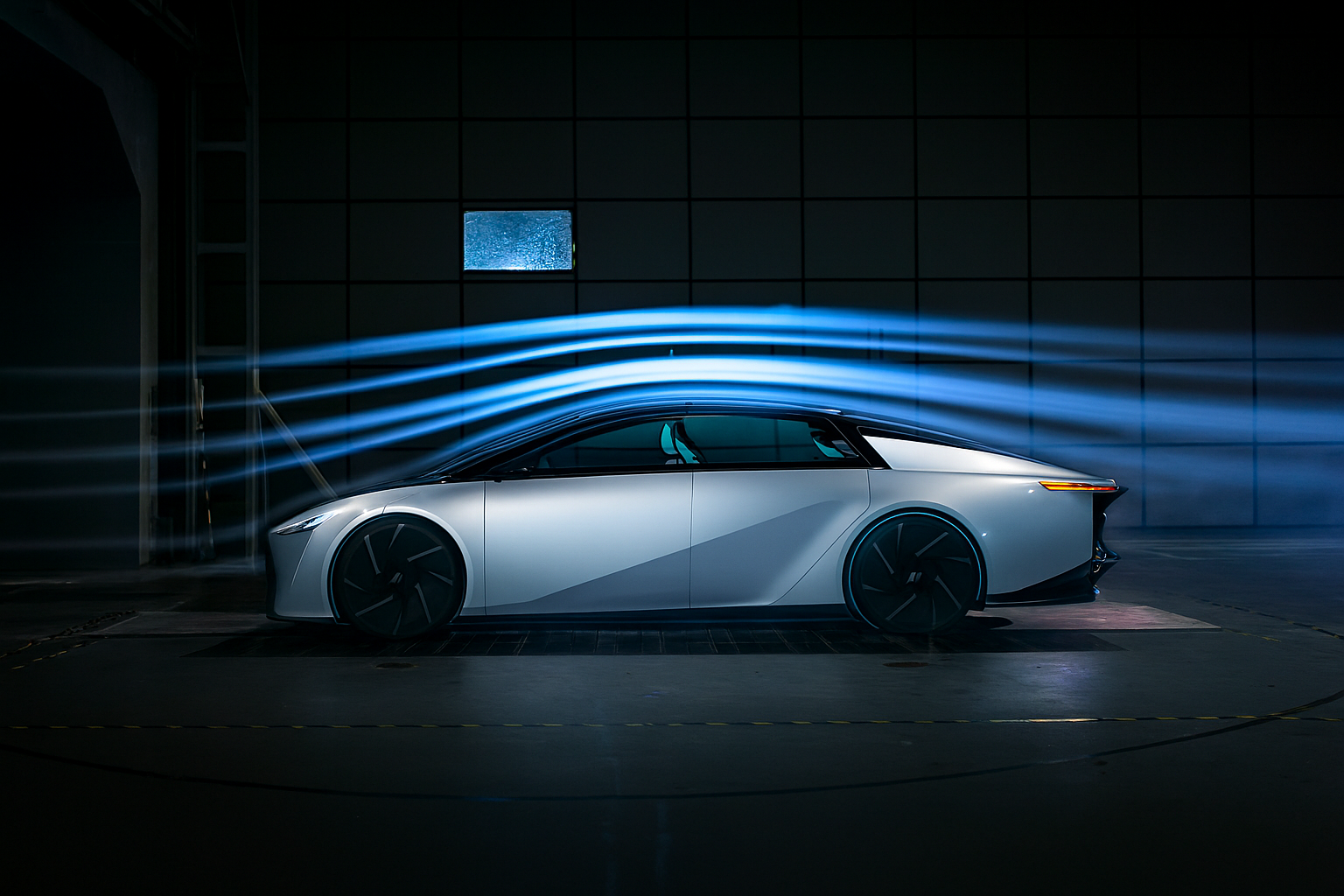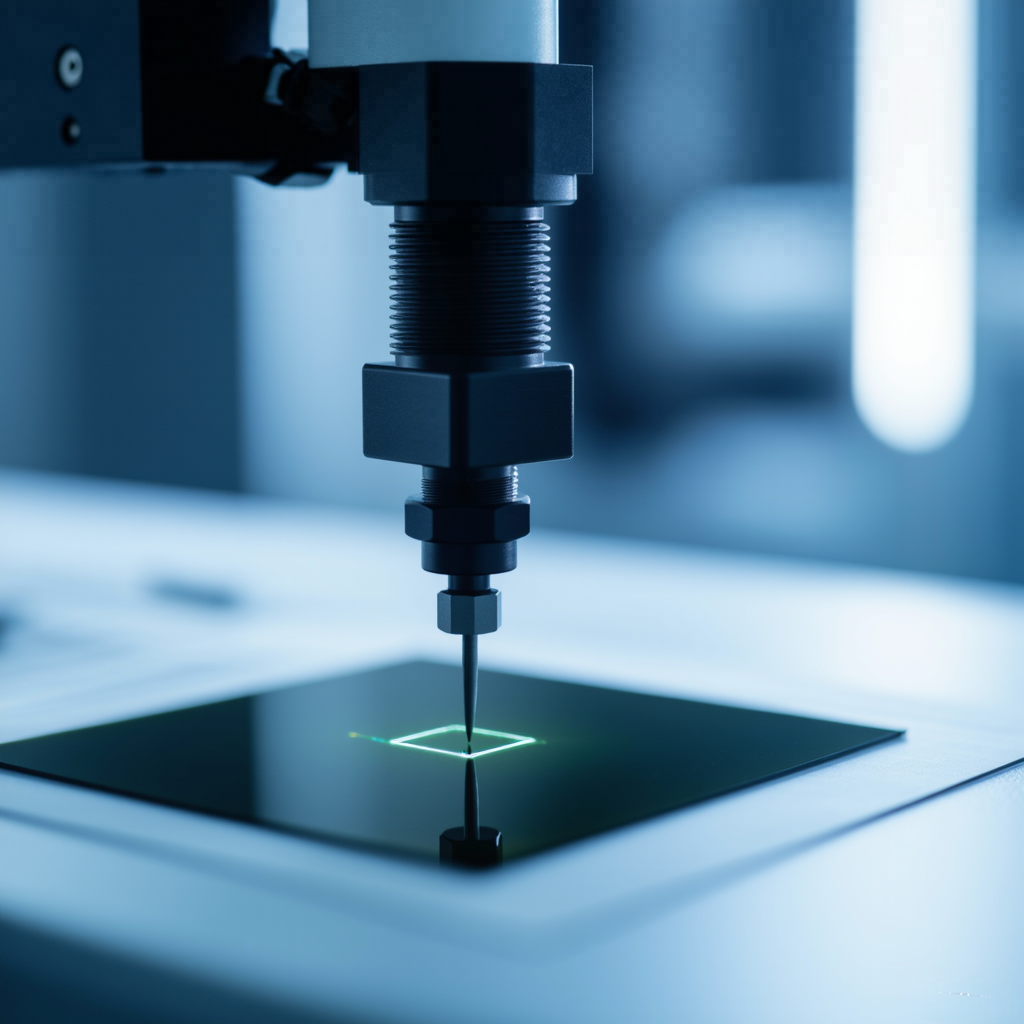CTR3CMOS45000KMA Low Light Imaging/Semiconductor Cooled Camera
Product Introduction
The CTR3CMOS series is designed for low-light and long-exposure scenarios, featuring Sony Exmor and other high-performance CMOS sensors with resolution coverage from 0.39–20 MP and sensor formats from 1/2.9″–4/3″. Built-in thermoelectric cooling (TEC) and closed-loop temperature control reduce sensor operating temperature by approximately 5–10 °C below ambient temperature. Combined with anti-fogging structure, it effectively suppresses dark current and condensation, ensuring imaging stability and consistency during low-temperature, long-duration acquisition.
Data links support USB3.0 (5 Gbit/s) and GigE (1 Gbit/s, model dependent), maintaining stable throughput under high-speed/long-distance transmission. Supports 8/12/16-bit data output (model dependent), ROI/windowing and multi-gain modes. Cameras provide free-running, software/hardware triggering and multi-camera synchronization, with industrial-grade I/O for integration with external light sources, motion platforms or production line signals. Maximum exposure can reach approximately 300 s, suitable for chemiluminescence, fluorescence, spectroscopy and other weak signal applications.
Includes ToupView software and provides cross-platform SDK (Windows / Linux / macOS) for secondary development and system integration, meeting diverse requirements for scientific research, industrial inspection and general scientific imaging.
Key Features
- High-sensitivity low-noise CMOS (Sony Exmor and others, model dependent), covering visible/NIR applications
- Thermoelectric TEC cooling: typical ΔT ≈ 5–10 °C (below ambient), significantly reducing dark current
- Closed-loop temperature control and temperature setting/locking, balancing low noise with quantum efficiency (QE) maintenance
- Anti-fogging optical structure, suppressing window/sensor condensation during low-temperature and long-exposure conditions
- Resolution coverage 0.39–20 MP, sensor formats 1/2.9″–4/3″ (model dependent)
- Bit depth output: 8 / 12 / 16-bit (model dependent), enhancing weak signal gradation and dynamic range
- Maximum exposure approximately 300 s (model dependent), suitable for extremely low-light/low illumination imaging
- Data interfaces: USB3.0 (5 Gbit/s) / GigE (1 Gbit/s, model dependent), stable long-distance transmission
- Acquisition modes: free-running, software trigger, external hardware trigger; supports multi-camera synchronization and strobe control
- Image functions: ROI/windowing, digital binning, mirroring, Gamma/LUT, multi-gain modes (model dependent)
- Industrial-grade I/O: optically isolated trigger input/strobe output and programmable GPIO (model dependent)
- Optional optical windows: IR-CUT / dual AR coating (model and application dependent)
- Metal (aluminum alloy) CNC housing with electromagnetic shielding and heat dissipation optimization, suitable for long-term stable operation
- Software and ecosystem: includes ToupView; provides Windows / Linux / macOS SDK, compatible with common third-party interfaces
- Typical applications: chemiluminescence/fluorescence microscopy, spectroscopy/low-light detection, materials/semiconductor analysis, etc.
Product Details
| Key Parameters | |
| Model | CTR3CMOS45000KMA |
| Sensor | Sony IMX492LLJ-C |
| Effective Pixels / Resolution | 45MP (8176×5616) |
| Frame Rate (Full Resolution and Key Resolution Modes) | 8.1 fps@8176×5616; 30.0 fps@4080×2808; 8.1 fps@7408×5556; 33.0 fps@3696×2778; 10.4 fps@8176×4320; 34.7 fps@4096×2160; 62.5 fps@2048×1080; 86.5 fps@1360×720 |
| Shutter Type | Rolling Shutter |
| Color Type | Monochrome |
| Imaging Performance | |
| Pixel Size | 2.315 µm × 2.315 µm |
| Sensor Size | 18.93 mm × 13.00 mm |
| Diagonal | 1.44" (22.96 mm) |
| Dynamic Range | 72 dB |
| Bit Depth | 8-bit/12-bit |
| Sensitivity | 175 mV |
| Interface & Mechanical | |
| Data Interface | USB3.0 |
| GPIO | 1x optically isolated input, 1x optically isolated output, 2x non-isolated I/O ports |
| Lens Mount | C-mount |
| Dimensions | 80 mm × 80 mm × 45.5 mm |
| Weight | 396.6 g |
| Power Supply | USB3.0 interface power/DC12V power |
| Environment & Certification | |
| Operating Temperature / Humidity | -10 °C ~ +50 °C / 20%-80% non-condensing |
| Storage Temperature / Humidity | -30 °C ~ +70 °C / TBD |
| OS Support | Windows/Linux/macOS/Android multi-platform SDK (native C/C++, C#/VB.NET, Python, Java, DirectShow, TWAIN, etc.) |
| Certification | CE/FCC |
Product Overview
CTR3CMOS45000KMA is a scientific-grade cooled camera designed for low-light imaging and long exposure applications. It features the high-performance Sony IMX492LLJ-C image sensor with the following characteristics:
Core Performance Indicators
Cooling Capability
20 °C below ambient temperature
Maximum Exposure Time
Up to 1 hour
Typical Dark Current
0.07 mV @ -20 °C
Resolution
45MP (8176×5616)
Scientific Application Features
Astronomical Observation
Ultra-low noise and long exposure capability suitable for capturing dim targets such as deep-sky objects, comets, and nebulae.
Spectral Analysis
High dynamic range and linear response for precise spectral information recording, suitable for Raman spectroscopy and fluorescence spectroscopy applications.
Bioluminescence Imaging
Extremely high sensitivity for capturing weak signals from bioluminescence and chemiluminescence, supporting in vivo imaging research.
Long-Term Monitoring
Stable cooling system and anti-condensation design support long-term unattended scientific observation.
Recommendation
The CTR3CMOS45000KMA cooled camera, with its exceptional low-light detection capability, ultra-long exposure time, and scientific-grade image quality, is the ideal choice for astronomical observation, spectral analysis, bioluminescence imaging, and other low-light applications. Deep cooling technology effectively suppresses noise, while anti-condensation design ensures long-term stable operation, providing reliable imaging solutions for scientific research.
CTR3CMOS45000KMA Product Manual
PDF format with detailed technical specifications and dimensional drawings
SDK Development Kit
Supports Windows, Linux, macOS and other platforms
3D Model Files
STEP format for mechanical design integration
Package List #
Standard configuration and packing information for CTR3CMOS cooled machine vision cameras (USB3 / GigE · -10 °C cooling)
Recommended kit
- Camera body - CTR3CMOS series
- Power adapter - Input: AC 100~240 V 50 Hz/60 Hz, Output: DC 12 V 3 A
- I/O cable - 7-pin cable or extension
- USB 3.0 cable - Micro USB 3.0 cable
- Lens (optional) - C-mount lens
Recommended kit
- Camera body - CTR3CMOS series
- Power adapter - Input: AC 100~240 V 50 Hz/60 Hz, Output: DC 12 V 3 A
- I/O cable - 7-pin cable or extension
- Cable - GigE cable
- Lens (optional) - C-mount lens
Product Dimensions #
CTR3CMOS cooled machine vision camera dimensional reference
The CTR3CMOS series by Topvision Optoelectronics is a high-performance semiconductor cooled camera that pairs Sony back-illuminated CMOS sensors with single-stage thermoelectric cooling (TEC) and a low-noise readout architecture. It is purpose-built for long exposures, reduced dark current, and high-sensitivity scientific imaging. The series delivers high quantum efficiency (QE), wide dynamic range, and 12-bit output, making it ideal for astronomy, spectroscopy, and other low-light experiments.
Key Features
TEC cooling (ΔT≈5–10 °C)
Single-stage cooling lowers dark current
Back-illuminated CMOS
Sony sensor with high quantum efficiency
12-bit depth
High-precision gradation for weak signals
Anti-condensation design
Stable operation in all conditions
Performance Highlights
Cooling capacity
≈5–10 °C
Below ambient (single-stage TEC)Dark current
Low
Suppressed dark current for long exposureDynamic range
72 dB
High-contrast imaging (model dependent)Resolution
0.39–45 MP
Multiple configuration optionsIn-depth Product Overview
Stable single-stage TEC cooling
Single-stage thermoelectric cooling lowers the sensor temperature by approximately 5–10 °C below ambient to effectively suppress dark current in typical indoor environments. Closed-loop temperature control maintains a steady operating point, while the anti-condensation design keeps the camera stable across diverse environments—suitable for long exposures without frosting or image drift.
High-performance back-illuminated sensor design
Featuring Sony back-illuminated CMOS sensors, the platform delivers exceptional quantum efficiency and minimal read noise. Dual gain modes and an optimized electronic architecture reduce read noise to as low as 1 e⁻, ensuring high image quality in low light or long-exposure scenarios. Pixel sizes range from 2.4 µm to 4.63 µm to balance high resolution with high sensitivity, providing the ideal foundation for faint signal detection.
Professional-grade imaging assurance
The camera supports 8-bit and 12-bit output to match typical workflows for scientific analysis. With up to 72 dB dynamic range (model dependent) and carefully tuned readout noise, it meets demanding high-contrast imaging requirements. Flexible exposure control spans from 50 µs to several hours, enabling both fast event capture and long-duration deep-sky observation. USB 3.0/GigE interfaces and a large onboard buffer ensure reliable delivery of high-resolution frames.
High-reliability industrial design
A CNC-machined metal housing integrates an efficient thermal design to maintain temperature stability during extended operation. The anti-condensation window prevents frosting at low temperatures, while the all-metal body provides excellent electromagnetic shielding to keep images free from interference. With an operating temperature range of -10 to 50 °C, the camera is built for long-term, all-weather scientific observation.
Comprehensive software ecosystem
SDKs are available for Windows, Linux, and macOS, with support for mainstream development languages such as C/C++ and Python to streamline integration into existing scientific platforms. Standardized interfaces and comprehensive documentation make it easy to embed the camera into telescopes, spectrometers, microscopes, and other research instruments. USB 3.0 single-cable power simplifies deployment, and an optional 12 V auxiliary supply provides even more stable cooling performance.
Applications
Applications of the CTR3CMOS series in scientific research and astronomy
Core advantages of the CTR3CMOS series
Deep cooling
≈5–10 °C below ambient
Ultra-low dark current
Optimized for long exposure
12-bit output
High data precision
Ultra-low noise
Low read noise architecture
Back-illuminated
High-QE design
Anti-condensation
All-weather operation
Wide dynamic range
72 dB (model dependent)
Research grade
Professional imaging




